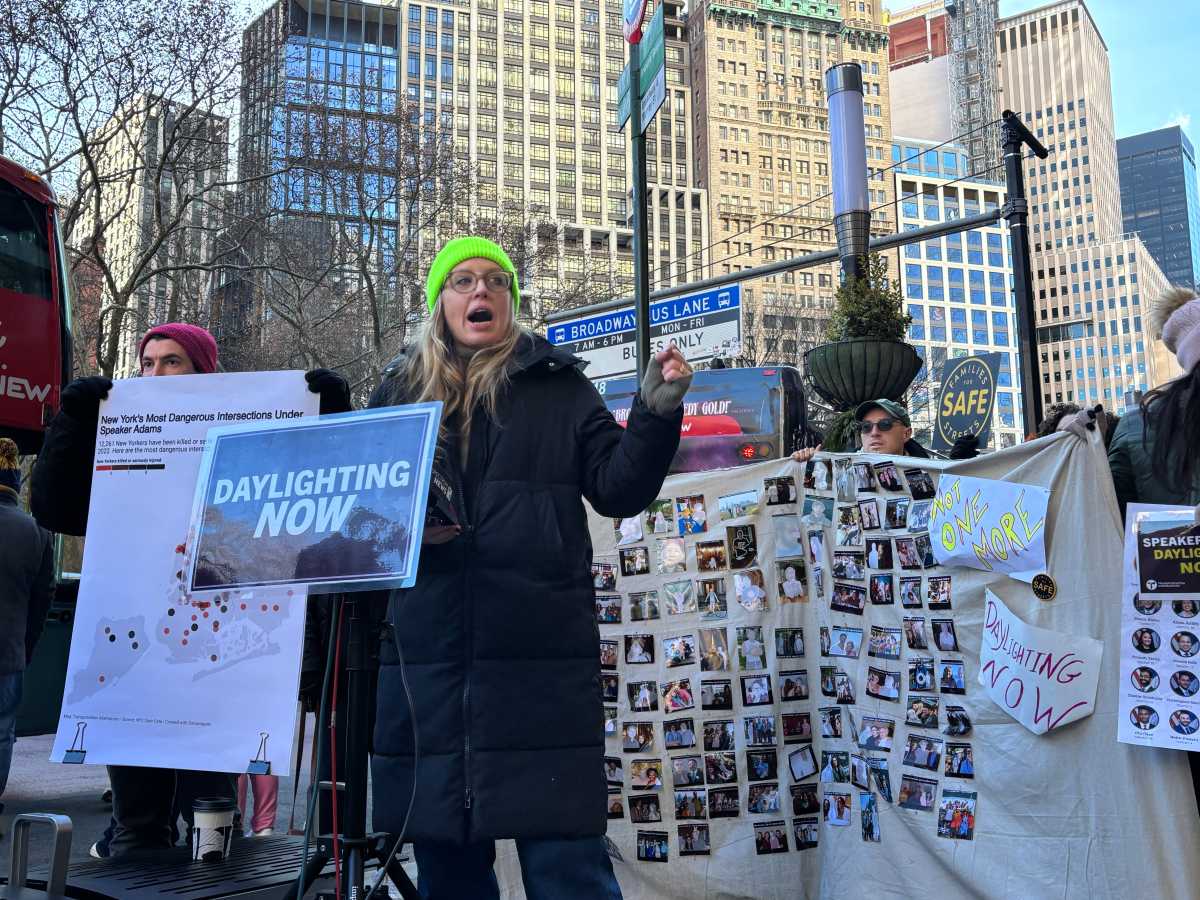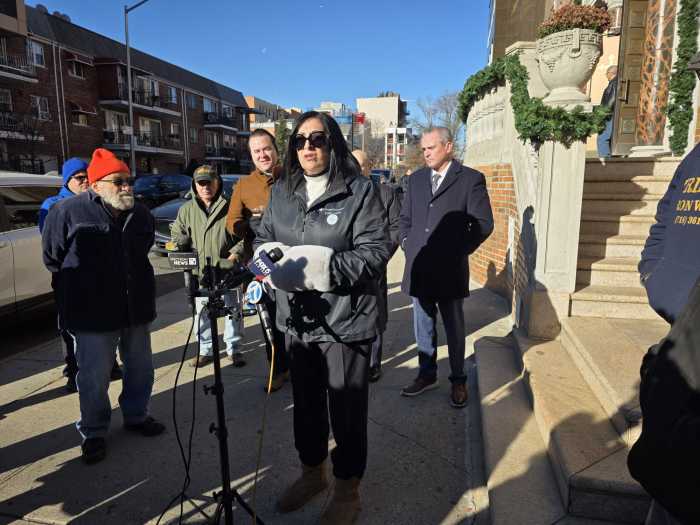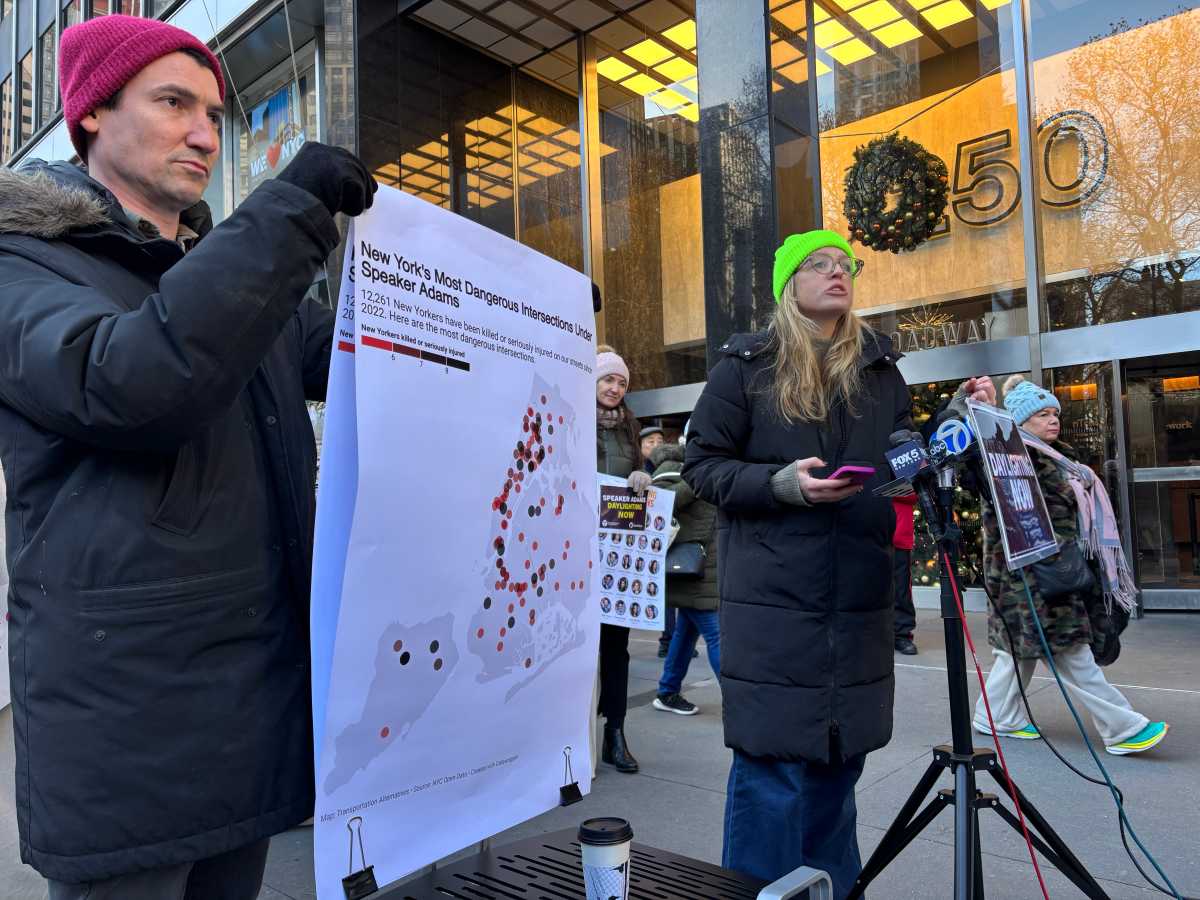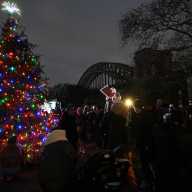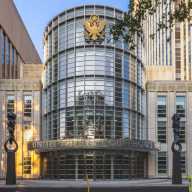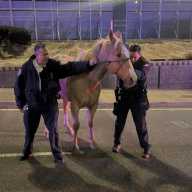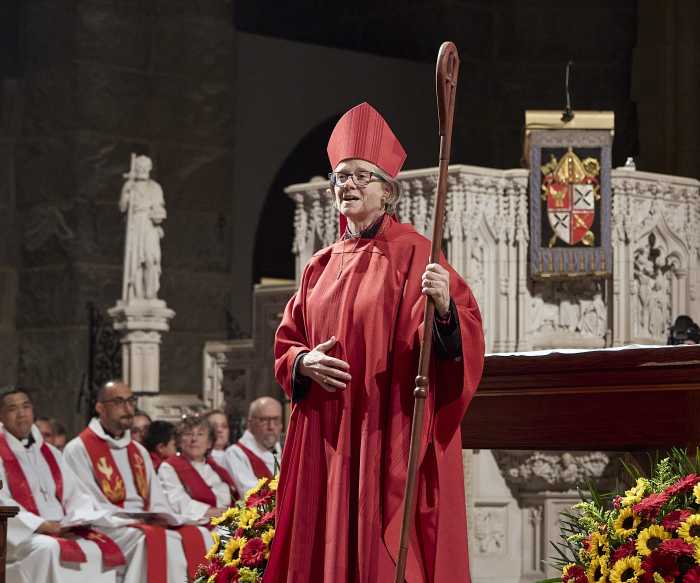By Tom Momberg
This weekend marks the start of participatory budgeting voting week in Queens, so City Council members kicked it off with a news conference in front of Borough Hall Friday, encouraging as many people as possible to take part in the process.
Participatory budgeting is a democratic process in which residents from participating council districts can have an active part in the decision process as to how some New York City discretionary funds are spent.
Council Member Mark Weprin (D-Oakland Gardens), who is helping to administer participatory budgeting in his district for the third year, touted the benefit of getting more of his constituency involved in civic issues.
“I was skeptical about participatory budgeting at first,” Weprin said on the steps of Borough Hall. “I wondered whether people would want to get involved, or whether it would just be the same people who are always involved.”
But Weprin saw the number of residents in his district who take part grow from 1,100 in 2013, to 1,600 in 2014. Now he expects even more to turn out to determine how about $1 million would be spent in his district alone
“It turns out that as a result, more people have come out and got involved in our community meetings. I know people will come out to vote this year in record numbers,” he said.
Starting Sunday in Weprin’s Council District 23, voters will be able to pick up to five small capital projects like closed circuit television upgrades to two local libraries, adding fitness equipment at Alley Pond Park, rehabilitating Vanderbilt Motor Parkway, installing countdown clocks at select bus stops, renovating gymnasiums at two local high schools and much more.
“Local groups have put together ideas for projects, and it has been the citizens of the city who have done this, and have been vetted through city agencies to make sure they’re good projects,” Weprin said. “It is developed by the people and for the people.”
There are a lot of resources, time and effort involved with participatory budgeting, but the process has only become more attractive over the years.
Councilman Jimmy Van Bramer (D-Sunnyside) is introducing participatory budgeting to District 26 for the first time this year. He said the benefit outweighs the cost.
“Despite any challenges, the overall goal, empowering the residents in my district and getting them more civically engaged is well worth any challenges that may arise,” Van Bramer said. “Getting people excited about government and getting them excited about their communities is what we should be trying to do every single day. I think few things do it as powerfully as participatory budgeting.”
More than $30 million of city discretionary funds were set aside by 24 council districts, including nine in Queens. Voting is open to all residents age 16 and older with a proper form of identification. Several council members have highlighted the process’ early exposure of teenagers to government and the voting process. Several high schoolers have taken up leadership positions in helping to administer the polls.
Council members Costa Constantinides (D-Astoria), Julissa Ferreras (D-East Elmhurst), Karen Koslowitz (D-Forest Hills), Daneek Miller (I-St. Albans), Donovan Richards (D-Laurelton), Eric Ulrich (R-Ozone Park) and Paul Vallone (D-Bayside) have also implemented participatory budgeting in their respective districts.
Antonio Reynoso (D-Brooklyn), whose district also covers part of Ridgewood, has also introduced participatory budgeting in his district.
Richards opened up voting in his district to anyone over the age of 14.
Go online to counc



